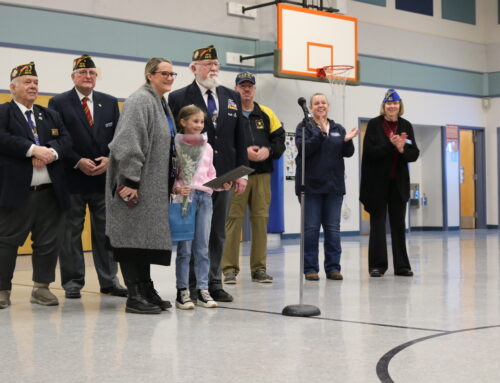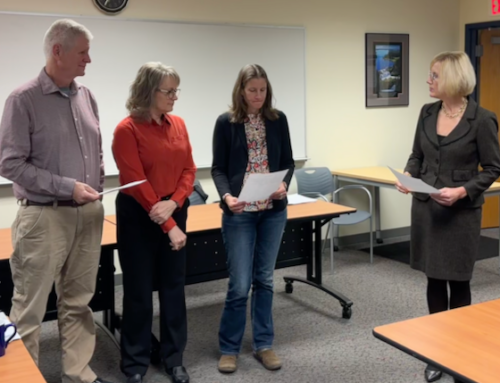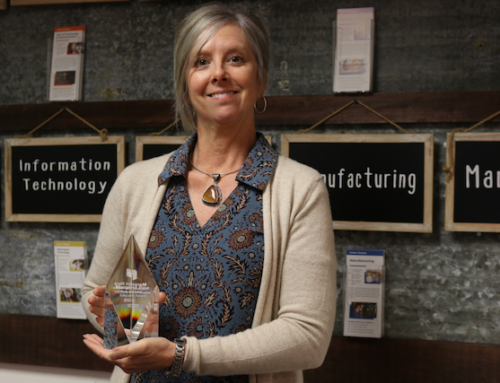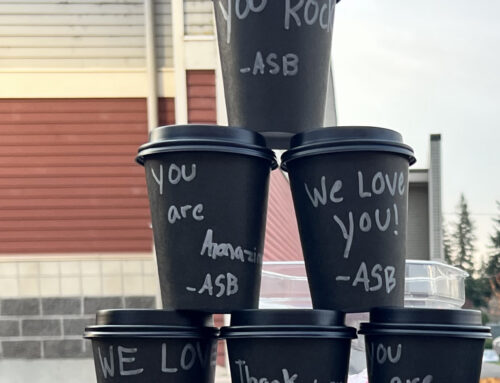A student’s classroom can be almost anywhere during this time of remote learning. For second grade students of Marina Guevara, Julie Taie and Lisa Haskin at Gause Elementary, their field science assignment took them out into the world to look for and study signs of erosion.
“We began the year by thinking about what it looks like to be a scientist,” said Guevara. “We felt that this unit provided good opportunities to ‘unplug’ and have students apply what they are learning.” Once they received permission to go outdoors, students were challenged to collect and examine rocks and take a photo or draw a picture of a nearby body of water to identify possible signs of erosion.
The lesson included looking closely at phenomena happening at a beach in Northcove, WA, nicknamed “Washaway Beach” due to erosion. “We are continuing to read to learn more about rivers, rocks, beaches, and oceans to help us understand what is happening and possible solutions once we do understand,” said Taie.
According to Guevara, taking this time away from the computer screen gives students a needed change of pace. “We could see students, and even families, excited and engaged in this project,” she said. “I think it’s powerful that they found these examples on their own. It is also exciting that this current distance learning situation allows us to collect a variety of responses and data to study.”
“If examples were provided in the classroom or in a group, all the students would see the same thing,” said Haskin. “This way we have different sets of eyes and ears finding evidence of erosion in a variety of places and making observations to share with the class.”
One of the biggest challenges with distance learning for all teachers is fostering connections. “Creating relationships comes first for me,” said Guevara. “I want my students to know I am there for them and that I care about them. Being behind a screen is a whole different ball game. Connections can be difficult to foster via technology.”
But projects like this provide for moments of connection as they show their learning and share what they have seen. Students were connecting with the shared photos saying things like, “I know that place! I’ve been there!”
“The pictures submitted by students not only provide different data points but also included some special moments shared by families exploring together,” said Guevara. “We were lucky that we had some nice sunny days to work with too!”
Guevara says she sees evidence of resilience in her class of seven and eight-year-olds every day. “The end of last school year and the beginning of this one has been filled with challenges and growing pains,” she admits. “But I feel like we are really getting the hang of it. We have found a rhythm. Part of our learning mantra this year is ‘I’m here to grow every day,’ and I see our students embody that in how they approach their learning, how they communicate with me and with peers, and even how they advocate for themselves through technology.”
“Learning and communicating through screens can be daunting but we are still interacting with our students and they are showing a keen desire to learn despite the challenges,” Guevara said. “We are so proud of them.”
#####






